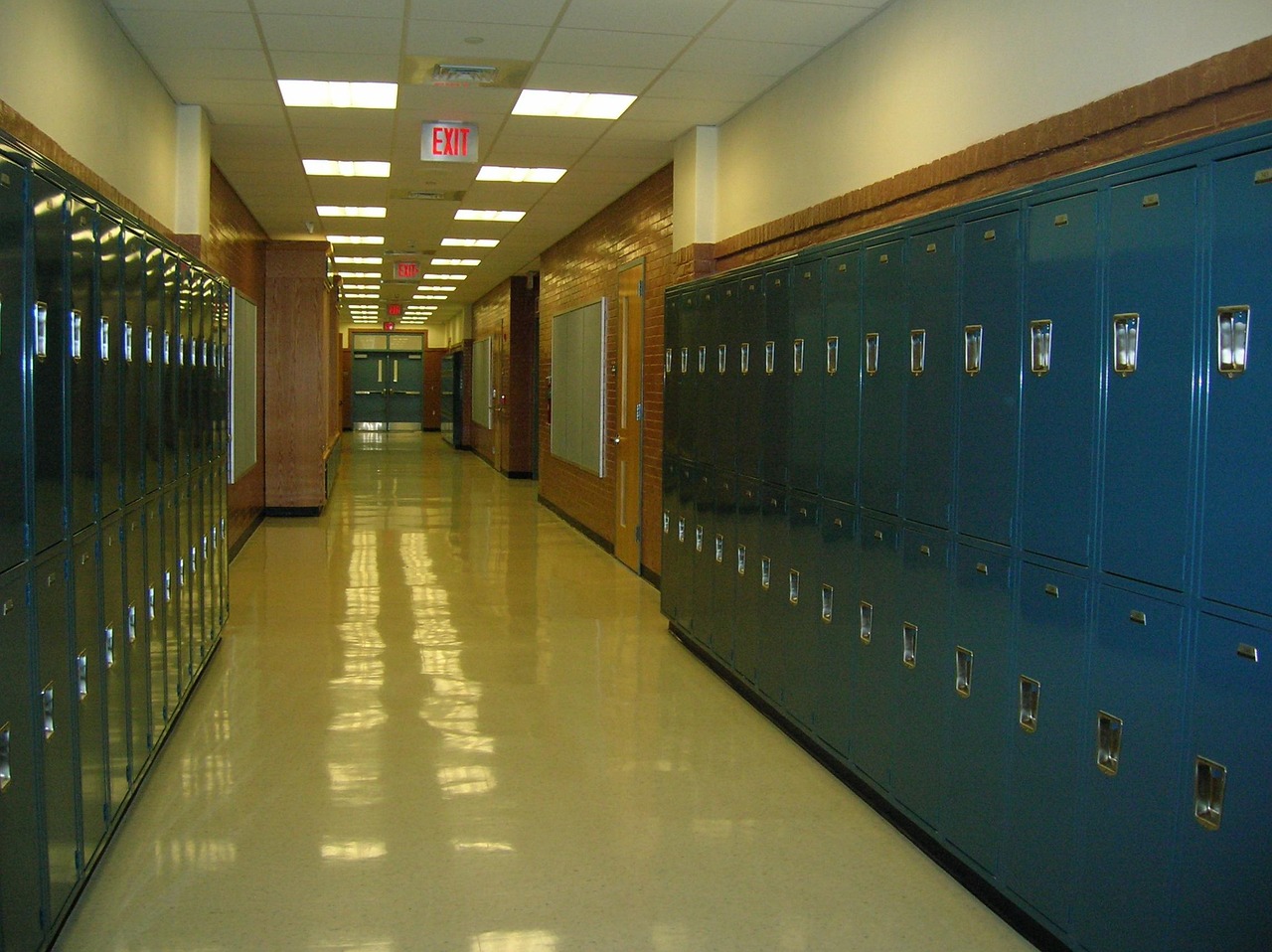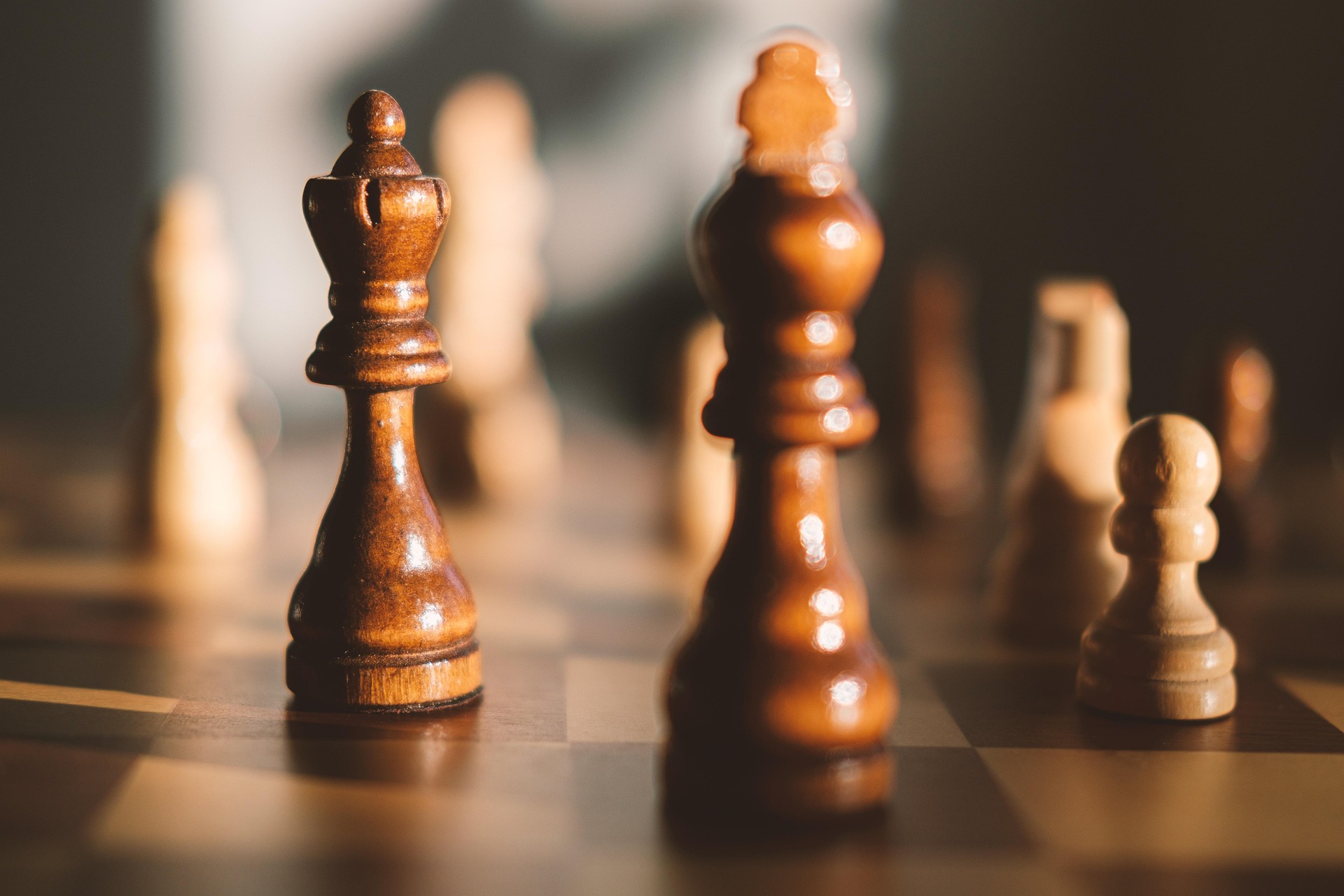The eye-catching cover design had been tempting me for a while before I picked up…
The arts can be an everyday reality
Reality television should come with a warning like that on cigarette packs, such is its addictiveness. Perhaps, then, I would have been aware of what I was getting myself into when I started watching Love Island and Millionaire Matchmaker. And now I’m left to try to pick up the pieces, unable to look away as the contestants of each navigate the thorny world of televised flirtation.
But, a couple of weeks ago, I attended a classical dance performance. As the dancers performed, I felt something vastly different to what I feel while watching reality tv. Rather than some undefined agitation, not unlike that which might be expected with any addiction, it was a sense of peace, of transcending my own worries or everyday concerns. It is the same sensation I get when I pick up a book (which is possibly an addiction of its own).
The experience reminded me of what I was missing in making so little time in my life to engage with the arts, apart from literature. And while the arts have come to seem like an unnecessary indulgence as we become fixated on Masterchef, The Housewives of anywhere and Ice Road Truckers, they might actually be far more important than they might seem.
A study in Western Australia published earlier this year aimed to quantify the mental health benefits of the arts. It revealed people who engaged with the arts for 100 or more hours per year (at least two hours per week) had significantly better mental wellbeing than those without any or with lower levels of engagement. It appears that the relationship is nonlinear, with 100 or more hours being a minimum threshold for these significant benefits.
In the 2015 Arts Nation report, 85% of respondents believed that the arts made for a more rich and meaningful life. While it is difficult to conclusively determine the impact of the arts on wellbeing, the results of the Australia Council’s 2013 Arts Participation Survey were analysed to estimate the arts may be worth $66 million to Australia’s wellbeing.
These are all benefits that I sense intrinsically when I attend arts performances or participate in the arts myself or just pick up a book.
However, the value of the arts does not just lie in their ability to make us happy and relieve stress. They can also play an important role in challenging our thoughts, as disruptors. In recent weeks (and weeks and weeks), I have been reading Atlas Shrugged, a work of literature that has impacted on my outlook on wealth, welfare and industry. While it certainly hasn’t entirely changed my opinions and I have often felt myself to be challenged by the views it represents, it has shifted my thinking in some ways, helping me understand contradictory perspectives in a way that discussions or debates with my friends and family could not.
Many other artists since time immemorial have acted as disruptors, introducing new ways of thinking or exposing the flaws in existing assumptions, from the artists of the Renaissance to Andy Warhol to Madonna.
Graffiti artist Banksy was one artist who has challenged society’s views and attitudes. On attending his recent exhibition in Melbourne, I was surprised and in some ways challenged by his fresh look at the world and consumerism. His art offered a slight rebuff as I carried my shopping bags around, taking in Banksy’s anti-consumption message.
Having said all of this, making time for the arts among all the tasks of everyday life is not easy – my husband says he is too tired to even pick up a book after a long day of work and visits to the gallery or theatre are rare for both of us. Additionally, tickets to exhibitions or performances are often expensive (although some galleries are free, and books are available from libraries). Time to engage with the arts can be seen as an elitist luxury in Australia, with poverty being a major barrier to access to the arts. And time is precious for all.
In his visit to Melbourne earlier in the year, philosopher and writer Alain de Botton said he was concerned that the arts only played a very peripheral role in the lives of many people. He believed this neglect was taking a toll on our emotional wellbeing. Andrew Lloyd Webber expressed a similar concern when he established his own arts foundation, saying that young people’s self esteem benefited enormously from involvement in the arts.
Despite these benefits, a Warwick Commission study in the UK reported last year that the arts were being removed from the high school syllabus and increasingly becoming accessed solely by middle class, white people.
The report highlighted a downwards trend in arts participation, with one example being the decrease in the number of five to 10-year-olds who engaged in dance activities down from 43% in 2008-09 to 30% in 2013-14. Findings also revealed that higher social groups accounted for 87% of all museum visits.
The good news is that here in Australia, in many ways, the arts are becoming more and more accessible. Living in regional Victoria, I have witnessed the impact that The Archibald Prize has made on Ballarat, and of the various high profile exhibitions hosted by The Bendigo Art Gallery. Music is a regular part of community events, and outdoor concerts are well-suited to our climate.
Different art forms are also being brought together, breaking down barriers and welcoming new participants. Earlier in the year, the State Library of Victoria was the hub for Melbourne Music Week, hosting djs and other musicians. There was also the Australian Poetry Slam, in which word artists, poets, wordsmiths and rappers competed in the Victorian heats. The National Gallery of Victoria is similarly bringing together different art forms to attract new audiences, with its Friday night music and djs. Clearly, just as libraries and other arts venues are evolving to welcome new participants and create greater access to the arts in their variety of forms.
White Night events bring together artists, performers, musicians in a free celebration of the arts that has spread across the world to more than 20 cities, and even my home town in 2017.
But, essentially, is there a way to make the arts as easily accessible on a day-to-day basis as reality television, HBO or Facebook? Afterall, the magical amount of time when it comes to arts and wellbeing appears to be two hours of engagement each week. And perhaps the popularity of colouring in books, while not always effective, reflects an intrinsic desire to inject the arts into our lives in whatever way we can. Are we failing to meet a need for creativity in our lives and trying to fill it by colouring in ready-made drawings?
Maybe, we just need to reframe the way we consider the arts, and make a conscious effort to make them part of our every day. We could approach incidental arts engagement like we approach incidental exercise, opportunistically. Turn on the radio to listen to music. Wander through a free gallery at lunchtime or on a Sunday afternoon. Instead of colouring in, draw your own picture. Read a book. Dance in the kitchen. Make the arts part of life, not removed from it. And it might even inspire some of us to go further – to actively seek out the arts rather than other forms of entertainment that we more habitually turn to.
As legendary composer Leonard Bernstein said: “We must learn to know ourselves better through art. We must rely more on the unconscious, inspirational side of man.”




Comments (0)